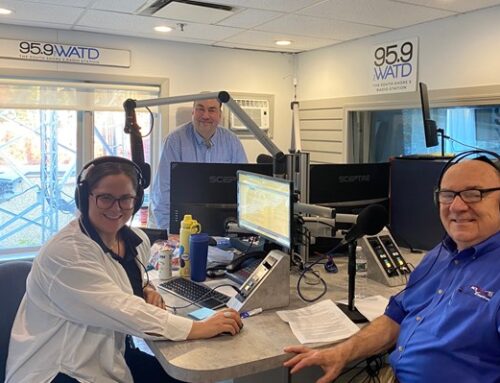The jury’s still out on whether generative AI is really the game-changing technology it promises itself to be, but until we find that out, every tech company in the world wants in on artificial intelligence. Now it’s Amazon’s turn.
Last Thursday, Amazon announced “Rufus,” its new generative AI bot — what it calls an “conversational shopping experience.”
According to Amazon, Rufus (named after an early Amazon employee’s corgi) is trained on Amazon’s product catalog, customer reviews, Q&As, as well as shopping data from across the internet.
In theory, you should be able to ask Rufus for its thoughts on what you should buy, comparisons between products, as well as for suggestions for new products you haven’t heard of before.
Amazon highlights five use cases for Rufus:
- Learn more about a product or a product category as you search for something to purchase, so you can make a more informed buying decision.
- Search for products based on occasion or purpose, to find a product relevant to the situation.
- Compare product categories, so you can decide between, say, a drip coffee maker or a pour-over.
- Ask for recommendations on products based on what Rufus thinks is the “best” option.
- Ask questions about a product while visiting that product’s page. Ideally, Rufus would be faster than you at locating answers to specific questions about a product from the product page.
Rufus works much like ChatGPT. The AI-enabled technology is capable of having text conversations with users, providing them with personalized information while maintaining context, so shoppers can ask follow-up questions.
The biggest difference between Rufus and ChatGPT is that Rufus is more of a shopping assistant who is trained on Amazon’s product catalog, customer reviews, Q&A, and information that’s available online.
Using Rufus, customers can narrow searches using terms specific to their situation, but which don’t always appear in a filter menu when combing over search results. Rufus can also answer questions in a similar way to ChatGPT, Copilot, and Bard. For example, shoppers can ask Rufus, ‘What should I consider if I want to start an indoor herb garden?’ or ‘What should I consider when buying USB-C cables?’
Customers can also use Rufus to ask for product or category comparisons, to raise specific questions about a product while on the product listing page, and to seek recommendations.
Amazon hopes integrating generative AI into its shopping experience will enhance the decision-making process and boost customer confidence. The company will improve Rufus based on customer experience, and it plans to test new features and expand the availability of the AI chatbot.
How to try Rufus on Amazon
Amazon says the bot will be available to “select customers” when they next update the Amazon Shopping app and will continue rolling out the bot over the following weeks.
So, your best shot at trying out Rufus is by updating the Shopping app on iOS or Android. There are no settings you need to enable; if you have the update, Rufus will appear after you search for something in the app. You can expand the Rufus’ window if you want to continue asking the bot questions or dismiss the window entirely to get back to a traditional Amazon shopping experience.
Thanks to The Verge
https://www.theverge.com/2024/2/1/24058381/amazon-ai-shopping-assistant-rufus
More RUFUS info direct from Amazon
https://www.aboutamazon.com/news/retail/amazon-rufus
What was Amazon’s first mascot?
Amazon’s dog-obsessed culture started with one impossibly cute Corgi named Rufus. Rufus was a regular around the office in the early days of Amazon.com, and employees used his paw to click the computer mouse to launch some of the first pages in our store.
Rufus belonged to Susan Benson, Amazon’s former editor-in-chief, and her husband Richard, who was an engineer.
There are now more than 10,000 dogs registered to come to work at over 100 Amazon offices across the U.S. and Australia, and that number continues to grow as we add more dog-friendly offices in the U.S. On top of that, there are even more pets making appearances on virtual channels like company chats and video calls.

For more than 20 years, David Snell’s Tech Talk has been a regular spot on The South Shore’s Morning News on 95.9 WATD fm. At 8:11, David chats with show host Rob Hakala about what’s happening in IT today. The subjects range from computer viruses, scams and cybercriminals to what Amazon, Apple or Microsoft are planning next.
He often shares new product information and reviews software that may help you, especially when there is a free version to try!
On this blog, he provides links, sources and other necessary information. And, on the Tuesday before Christmas, you can expect his annual NORAD Santa report!
If you have a question that you’d like him to answer on the show, please email him.




